The Weight Of Capability: A Comprehensive Look At The 2025 Toyota 4Runner
The Weight of Capability: A Comprehensive Look at the 2025 Toyota 4Runner
Related Articles: The Weight of Capability: A Comprehensive Look at the 2025 Toyota 4Runner
Introduction
With great pleasure, we will explore the intriguing topic related to The Weight of Capability: A Comprehensive Look at the 2025 Toyota 4Runner. Let’s weave interesting information and offer fresh perspectives to the readers.
Table of Content
The Weight of Capability: A Comprehensive Look at the 2025 Toyota 4Runner
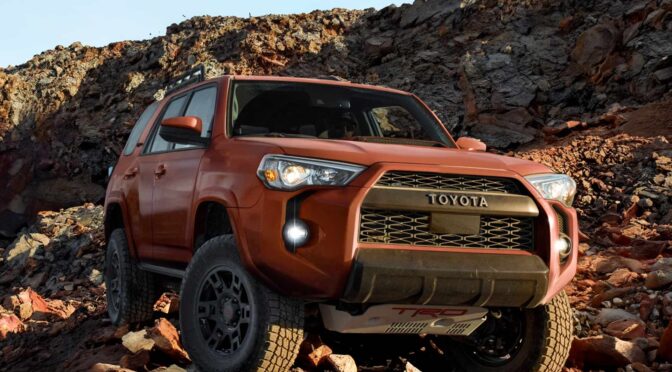
The Toyota 4Runner, a stalwart in the off-road and adventure-seeking segment, continues to evolve with each generation. While the exact specifications for the 2025 model are yet to be officially released, an understanding of the factors influencing its weight is crucial for appreciating its capabilities and limitations.
Factors Influencing Weight
The weight of any vehicle is a complex interplay of several factors, including:
- Platform and Body Construction: The 4Runner’s rugged, body-on-frame construction, designed for off-road prowess, inherently contributes to its weight. The use of high-strength steel and other materials, while enhancing durability, adds to the overall mass.
- Engine and Drivetrain: The 4Runner’s powerful V6 engine, coupled with its robust transmission and four-wheel drive system, are essential for its off-road performance. These components, however, contribute significantly to the vehicle’s weight.
- Features and Equipment: Modern amenities, safety features, and advanced technology, while enhancing comfort and convenience, also add weight. Features like larger infotainment screens, advanced driver-assistance systems, and premium sound systems all contribute to the overall mass.
- Fuel Tank Capacity: The 4Runner’s large fuel tank, necessary for extended adventures, also adds to its weight.
- Optional Features: Customization options like roof racks, heavy-duty tires, and off-road accessories can significantly impact the vehicle’s weight.
Importance of Weight
Understanding the weight of the 2025 4Runner is crucial for several reasons:
- Off-Road Performance: While weight can hinder agility, a certain amount is necessary for stability and traction on challenging terrain. The 4Runner’s weight, coupled with its robust drivetrain, ensures its capability on rough roads and off-road trails.
- Fuel Efficiency: Weight directly affects fuel consumption. The 4Runner’s weight, while beneficial for off-road performance, may result in lower fuel economy compared to lighter vehicles.
- Payload Capacity: The weight of the 4Runner determines its payload capacity, which is the maximum weight it can safely carry. This is essential for hauling cargo, passengers, and equipment on adventures.
- Towing Capacity: The 4Runner’s weight also influences its towing capacity. A heavier vehicle can generally tow a larger trailer, but this can impact fuel economy and handling.
Estimated Weight and Comparisons
While official figures for the 2025 4Runner are unavailable, it’s reasonable to anticipate a weight range similar to the current generation. The 2023 model, depending on trim level and options, weighs between 4,500 and 4,800 pounds.
Comparing the 4Runner’s weight to competitors like the Jeep Wrangler and Ford Bronco reveals a trend. The 4Runner, with its body-on-frame construction, generally weighs more than unibody-constructed competitors. However, it also offers greater payload and towing capacity, reflecting its focus on off-road durability and capability.
FAQs
- Will the 2025 4Runner be lighter than previous generations? While Toyota is constantly striving for efficiency, it’s unlikely the 2025 4Runner will be significantly lighter than its predecessors. Its core design philosophy prioritizes off-road capability, which necessitates a certain level of weight.
- How does the 4Runner’s weight affect its handling? The 4Runner’s weight, while contributing to its stability, can affect its agility and responsiveness, especially at higher speeds. However, its well-tuned suspension and robust chassis help mitigate this.
- What are the implications of the 4Runner’s weight on fuel economy? The 4Runner’s weight, coupled with its powerful engine, can lead to lower fuel economy compared to lighter vehicles. However, Toyota has made efforts to improve efficiency in recent generations.
Tips
- Minimize Unnecessary Weight: Avoid carrying excessive cargo or unnecessary items. This can significantly impact fuel economy and performance.
- Consider Fuel-Saving Techniques: Driving smoothly, avoiding aggressive acceleration and braking, and maintaining proper tire pressure can help improve fuel efficiency.
- Invest in Fuel-Efficient Accessories: Opt for lightweight roof racks, tires, and other accessories to minimize the impact on weight and fuel economy.
Conclusion
The weight of the 2025 4Runner, while a factor in its fuel efficiency and handling, is ultimately a testament to its rugged capability. It is the weight of durability, the weight of adventure, and the weight of a legacy built on off-road prowess. By understanding the factors influencing its weight and its implications, potential buyers can make informed decisions based on their specific needs and priorities.
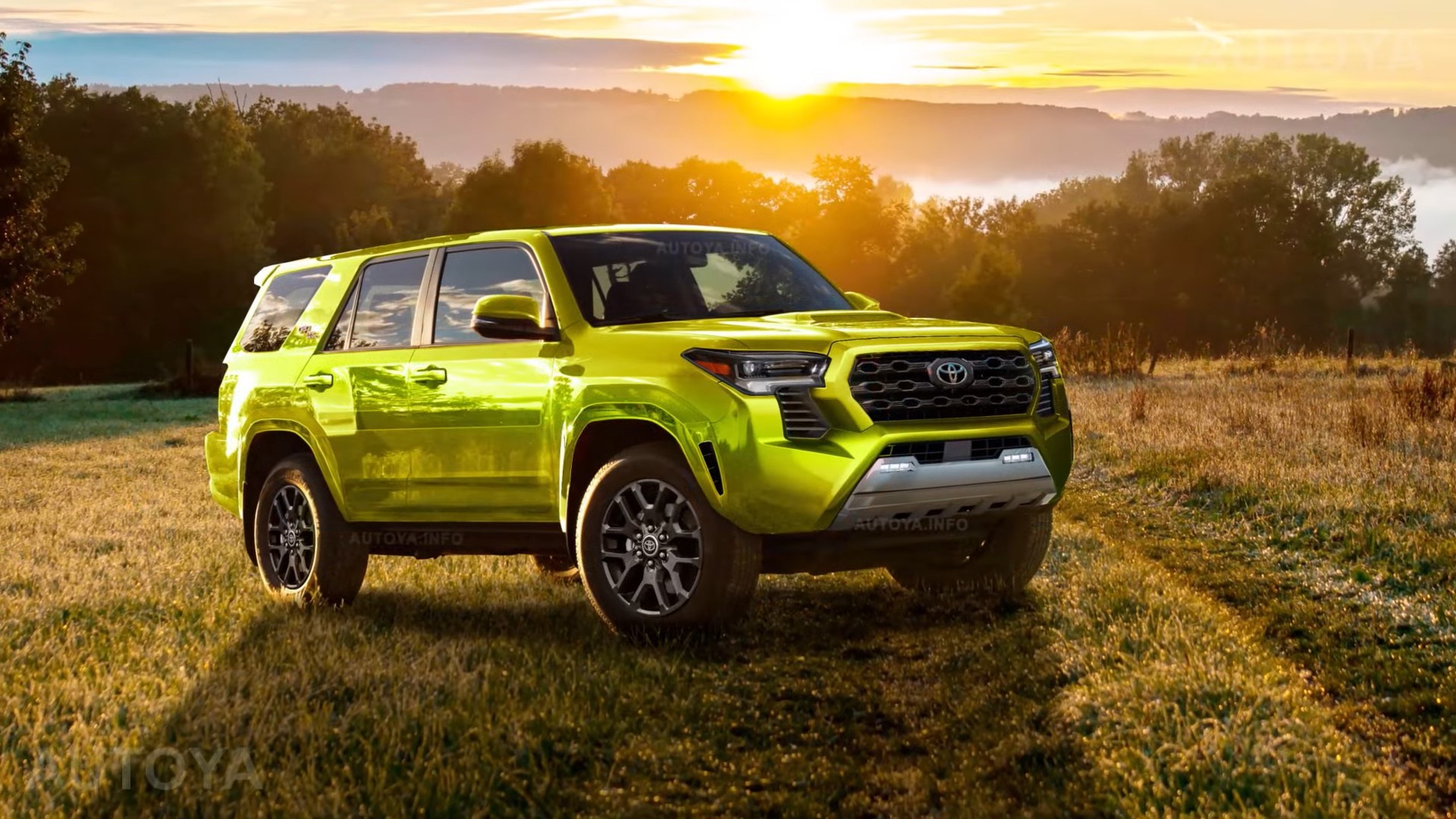

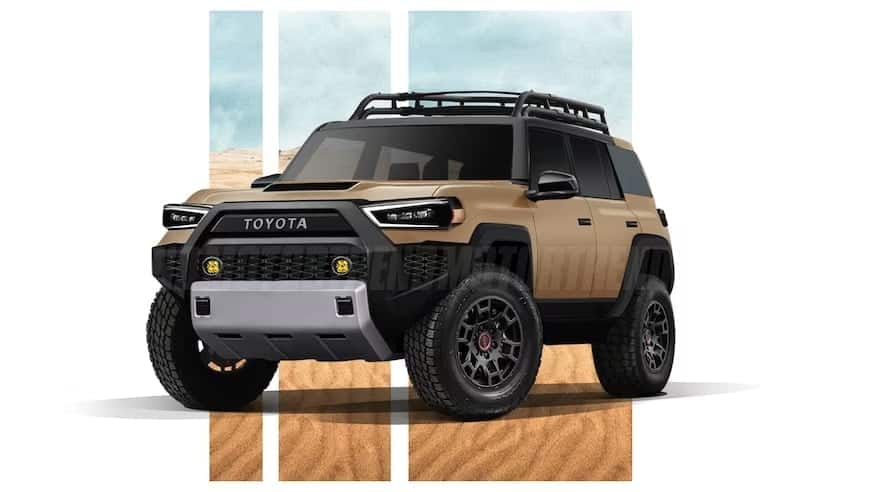
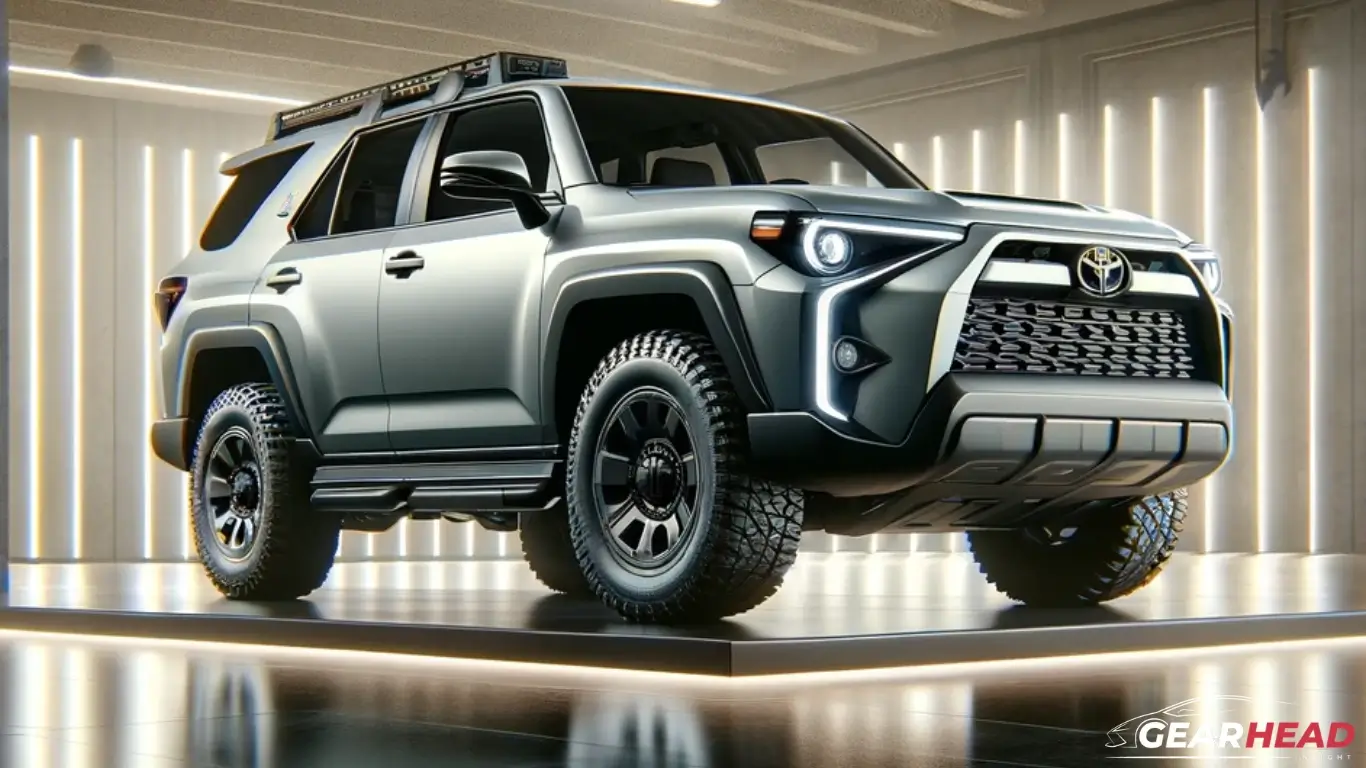



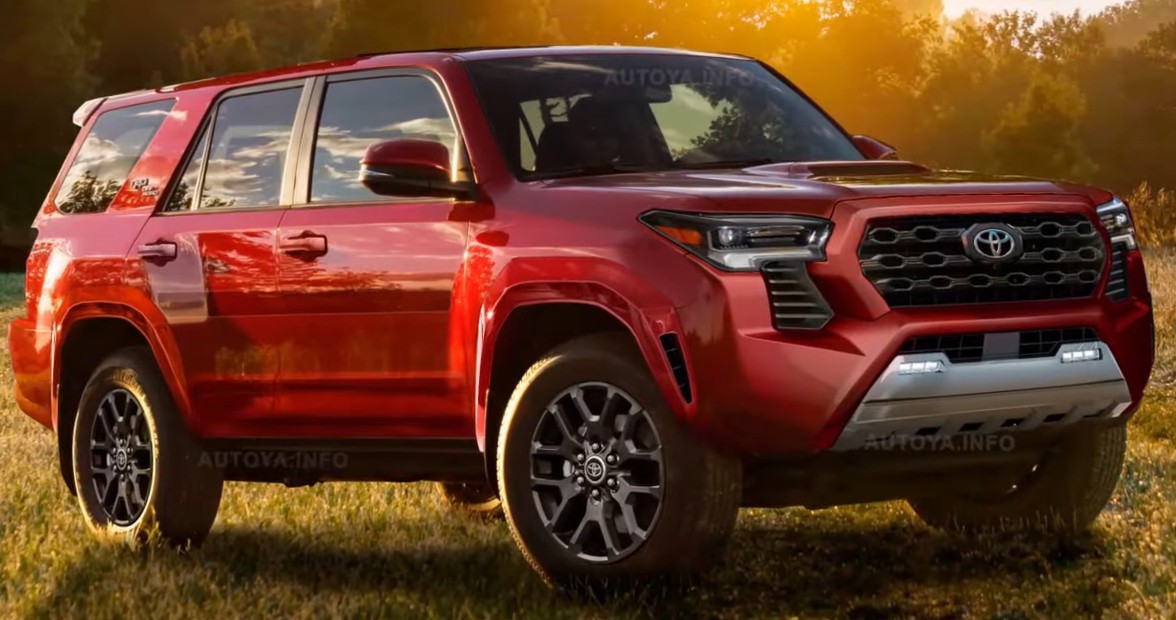
Closure
Thus, we hope this article has provided valuable insights into The Weight of Capability: A Comprehensive Look at the 2025 Toyota 4Runner. We hope you find this article informative and beneficial. See you in our next article!